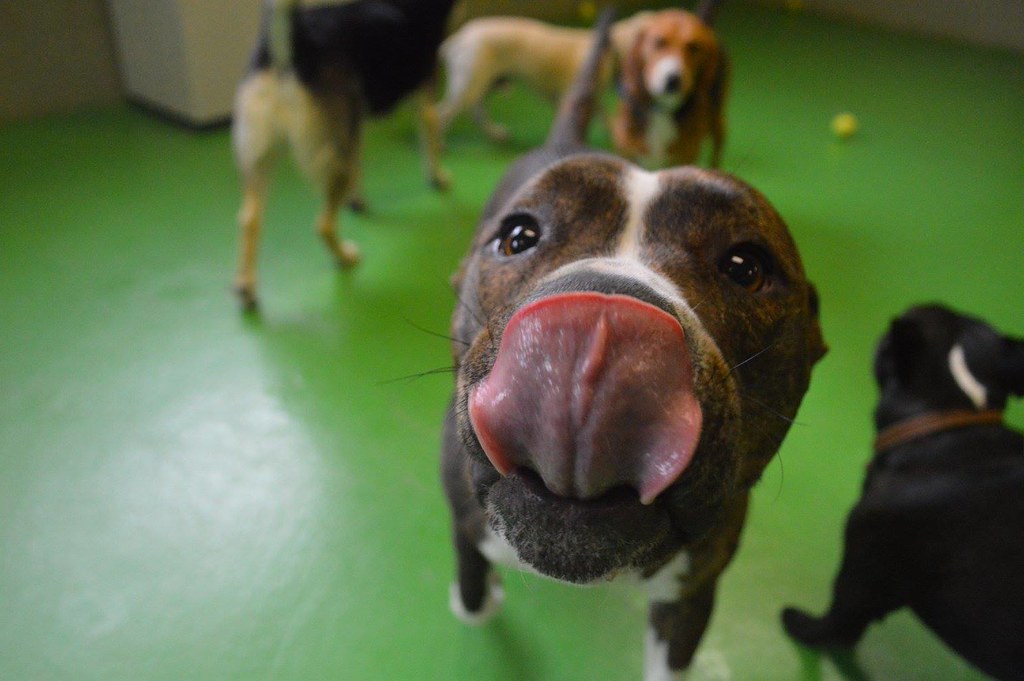Unfortunately our feline and canine companions are susceptible to cancers just like we humans. In previous posts, I’ve shared information about some common cancers in cats and dogs, including mast cell tumors, malignant melanoma, mammary tumors, and urinary bladder cancer. This week I wanted to provide some facts about a group of cancers collectively called soft tissue sarcomas. I hope you find the information helpful and shareworthy. Happy reading!

What are soft tissue sarcomas?
Soft tissue sarcomas or STSs are a group of cancers that arise from skin and subcutaneous tissues. Anatomically, these tumors arise from mesenchymal cells, the precursors of bone, cartilage, and other connective tissues. Common STSs in cats and dogs are:
- Fibrosarcoma
- Hemangiopericytoma
- Peripheral nerve sheath tumor
- Myxosarcoma
- Schwannoma
- Leiomyosarcoma
- Spindle cell tumor
- Liposarcoma
- Feline injection site sarcoma
Soft tissue sarcomas are grouped together because they biologically act similarly. Our pets may be technically affected by other STSs, including hemangiosarcoma, rhabdomyosarcomas, lymphangiosarcomas, and synovial sarcoma, but these specific tumors are excluded from the main group because they behave differently.
To date, veterinarians have not identified a direct cause of soft tissue sarcomas. Indeed, development of these tumors is likely multifactorial in nature, including environmental factors and genetics.

What do they look like?
Since connective tissue, muscle, and nervous tissues are present throughout the body, soft tissue sarcomas can develop in various body regions, particularly:
- Chest
- Abdomen
- Legs
- Face
Clinical signs vary depending on the anatomic location. Affected pets have a mass that is growing in size. Tumors on limbs could affect an animal’s ability to walk comfortably; limbs may also be swollen and painful. Intestinal masses can cause weight loss, vomiting, diarrhea, abdominal discomfort, and reduced (or loss of) appetite. Soft tissue sarcomas in the mouth can cause halitosis (bad breath), reduced (or loss of) appetite, difficulty chewing and/or swallowing food, and oral bleeding.

How are soft tissue sarcomas diagnosed?
Fine needle aspiration – commonly called an FNA – is a non-invasive technique used to remove cells from a tumor for microscopic evaluation. This procedure is recommended for any skin mass that is larger than a pea and/or has been present for more than one month. As Dr. Susan Ettinger (aka DrSueCancerVet), a board-certified veterinary oncologist, says, “See something, do something: Why wait? Aspirate!” The aspirated cells should be evaluated by a board-certified veterinary clinical pathologist to confirm the presence of an STS. A surgical biopsy may be needed if the FNA is not diagnostic.
Once a veterinarian definitively diagnoses an STS, testing to evaluate a pet’s overall health and to screen for metastasis or cancer spread to other parts of the body is recommended. This process is called staging, and includes:
- Blood & urine tests (eg: complete blood count, biochemical profile, urinalysis)
- Chest radiographs (x-rays)
- Abdominal ultrasonography
- Regional lymph node evaluation

How are they treated?
Surgical removal of soft tissue sarcomas in the mainstay intervention. The resected tumor tissue should always be submitted for evaluation by a board-certified veterinary pathologist. As one of my surgical professors used to say about tumors
“If it’s worth taking off, it’s worth finding out what it is!”
A pathologist will thoroughly evaluate the tumor, particularly grade, mitotic index, and margins. Grade impacts risk of metastasis and recurrence. Grade 1 and 2 soft tissue sarcomas have low metastatic potential (<15-20%) and grade III tumors have high metastatic potential (up to 40-50%). Mitotic index (aka mitotic count) is predictive of survival. To maximize the likelihood of a positive outcome, soft tissue sarcomas should be widely and deeply resected to achieve “clean margins.” This means all tumor cells were successfully removed – a process that can be much easier said than done. If clean margins are achieved, then no further treatment may be needed. If “clean margins” weren’t obtained, then a second surgery may be recommended. Consultation with a board-certified veterinary surgeon may be helpful.

Sometimes obtaining “clean margins” is not possible. For these patients, additional intervention in the form of radiation therapy and/or chemotherapy may be indicated and recommended. Radiation therapy may also be recommended following complete surgical removal in an effort to prevent or delay tumor growth. Similarly, chemotherapy may be recommended for biologically aggressive soft tissue sarcomas to prevent or delay metastasis. Pet owners would likely find partnering with a board-certified veterinary oncologist in such situations beneficial to develop the most appropriate treatment plan.
The take-away message about soft tissue sarcomas in cats & dogs…
Soft tissue sarcomas are a group of cancers that affect the skin and subcutaneous tissues. Surgery is the mainstay of therapy, but additional interventions, including radiation and/or chemotherapy, may be indicated. Consultation with a board-certified veterinary surgeon and oncologist would be beneficial.
To find a board-certified veterinary surgeon, please visit the American College of Veterinary Surgeons.
To find a board-certified veterinary oncologist, please visit the American College of Veterinary Internal Medicine.
Wishing you wet-nosed kisses,
CriticalCareDVM







